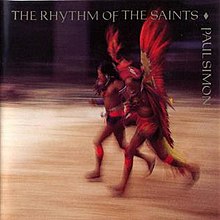
Hearts and Bones is the sixth solo studio album by American singer-songwriter Paul Simon. It was released in 1983 by Warner Bros. Records.

There Goes Rhymin' Simon is the third solo studio album by American musician Paul Simon released in May 1973. It contains songs spanning several styles and genres, such as gospel and Dixieland. It received two nominations at the Grammy Awards of 1974, which were for Best Pop Vocal Performance, Male and Album of the Year.
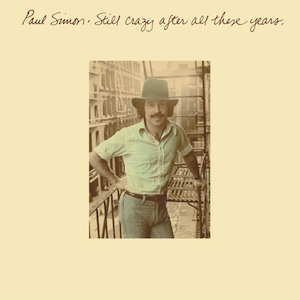
Still Crazy After All These Years is the fourth solo studio album by Paul Simon. Recorded and released in 1975, the album produced four U.S. Top 40 hits: "50 Ways to Leave Your Lover", "Gone at Last", "My Little Town", and the title track. It won two Grammy Awards for Album of the Year and Best Male Pop Vocal Performance in 1976.

Another Passenger is the sixth studio album by American singer-songwriter Carly Simon, released by Elektra Records, on June 5, 1976.

Playing Possum is the fifth studio album by American singer-songwriter Carly Simon, released by Elektra Records, on April 21, 1975.

The Best of Carly Simon is singer-songwriter Carly Simon's first greatest hits album, released by Elektra Records, on November 24, 1975.

Welcome is the fifth studio album by Santana, released in 1973. It followed the jazz-fusion formula that the preceding Caravanserai had inaugurated, but with an expanded and different lineup this time. Gregg Rolie had left the band along with Neal Schon to form Journey, and they were replaced by Tom Coster, Richard Kermode and Leon Thomas, along with guest John McLaughlin, who had collaborated with Carlos Santana on Love Devotion Surrender. Welcome also featured John Coltrane's widow, Alice, as a pianist on the album's opening track, "Going Home" and Flora Purim on vocals. This album was far more experimental than the first four albums, and Welcome did not produce any hit singles.
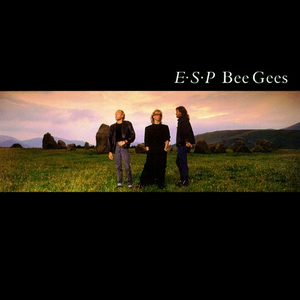
E.S.P. is the seventeenth studio album by the Bee Gees released in 1987. It was the band's first studio album in six years, and their first release under their new contract with Warner Bros. It marked the first time in twelve years the band had worked with producer Arif Mardin, and was their first album to be recorded digitally. After the band's popularity had waned following the infamous Disco Demolition Night of 1979, the Gibb brothers had spent much of the early 1980s writing and producing songs for other artists, as well as pursuing solo projects, and E.S.P. was very much a comeback to prominence. The album sold well in Europe, reaching No. 5 in the UK, No. 2 in Norway and Austria, and No. 1 in Germany and Switzerland, though it failed to chart higher than No. 96 in the US. The album's first single, "You Win Again", reached No. 1 in the UK, Ireland, Switzerland, Germany, Austria and Norway.
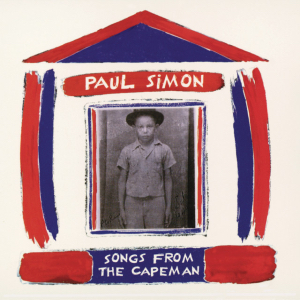
Songs from The Capeman is the ninth solo studio album by Paul Simon, released in 1997. His first new studio album of original materials in seven years, it contains Simon's own performances of songs from the Broadway musical he wrote and produced called The Capeman augmented by members of the original cast. The songs retell the story of Salvador Agron, who was known as the "Capeman". A departure musically from his earlier work, the album features doo-wop, rock 'n' roll and Puerto Rican rhythms and a number of songs contain explicit lyrics, a first for Simon. The stage show was a commercial flop, losing $11 million, and the album did not sell well. It peaked at number 42 on the Billboard 200, the lowest chart position in Simon's career at the time.

The Paul Simon Anthology is the fourth greatest hits compilation album by American singer-songwriter Paul Simon, which was released in 1993. It featured one previously unreleased track, "Thelma".

Negotiations and Love Songs is a compilation album of songs by American singer-songwriter Paul Simon, released in 1988 by Warner Bros. Records. It consists of songs released from 1971 to 1986. The title of the compilation is taken from a line in the song "Train in the Distance".
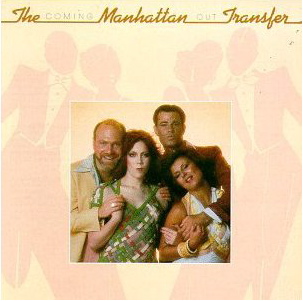
Coming Out is the third album by The Manhattan Transfer, released August 19, 1976, on Atlantic Records.

Extensions is the fifth studio album by the Manhattan Transfer, released on October 31, 1979, by Atlantic Records.

Rhythm of Love is the fifth album by American R&B/soul singer Anita Baker, released in 1994. The album peaked at #3 on the U.S. Billboard 200 and #1 on the Billboard Top R&B/Hip Hop chart and was certified double platinum, giving Baker her fourth platinum selling album.

Sweet Passion is the twenty-third studio album by American singer Aretha Franklin. It was released on May 19, 1977, by Atlantic Records. Following Franklin's Gold-certified 1976 soundtrack album, Sparkle, she paired up with Motown producer Lamont Dozier to produce Sweet Passion. It was, however, a commercial and critical failure.

Born to Love is a 1983 studio album of duets by American singers Peabo Bryson and Roberta Flack. It was released by Bryson's label Capitol Records on July 22, 1983, in the United States. The album yielded the hit single "Tonight, I Celebrate My Love", written by Gerry Goffin and Michael Masser. The track "Maybe" was written and recorded for the film Romantic Comedy (1983).

West Side Stories is the eleventh studio album by the six-time Grammy Award-nominated, one-time Grammy winning composer, keyboardist and pioneer of the smooth jazz genre, Jeff Lorber, released on Verve Forecast in 1994. After six previous nominations, Lorber won his first Grammy Award on January 28, 2018 for Best Contemporary Instrumental Album for Prototype by his band The Jeff Lorber Fusion.

Let Me Tickle Your Fancy is the ninth studio album by Jermaine Jackson, released in 1982. It was his final album for Motown Records. It reached No. 46 on the Billboard Top LPs chart and No. 9 on the Top R&B LPs chart. The title track peaked at No. 5 on the soul singles chart.
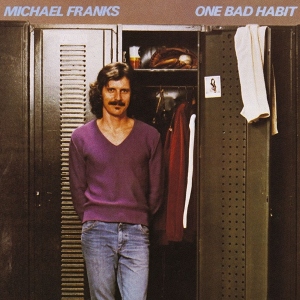
One Bad Habit is a vocal album by Michael Franks, released in 1980 by Warner Bros. Records. It was Franks' sixth studio album and the first to receive significant radio play in the United States.

Working Girl (Original Soundtrack Album) is the soundtrack album to the 1988 Mike Nichols film Working Girl, released by Arista Records, on August 29, 1989.
